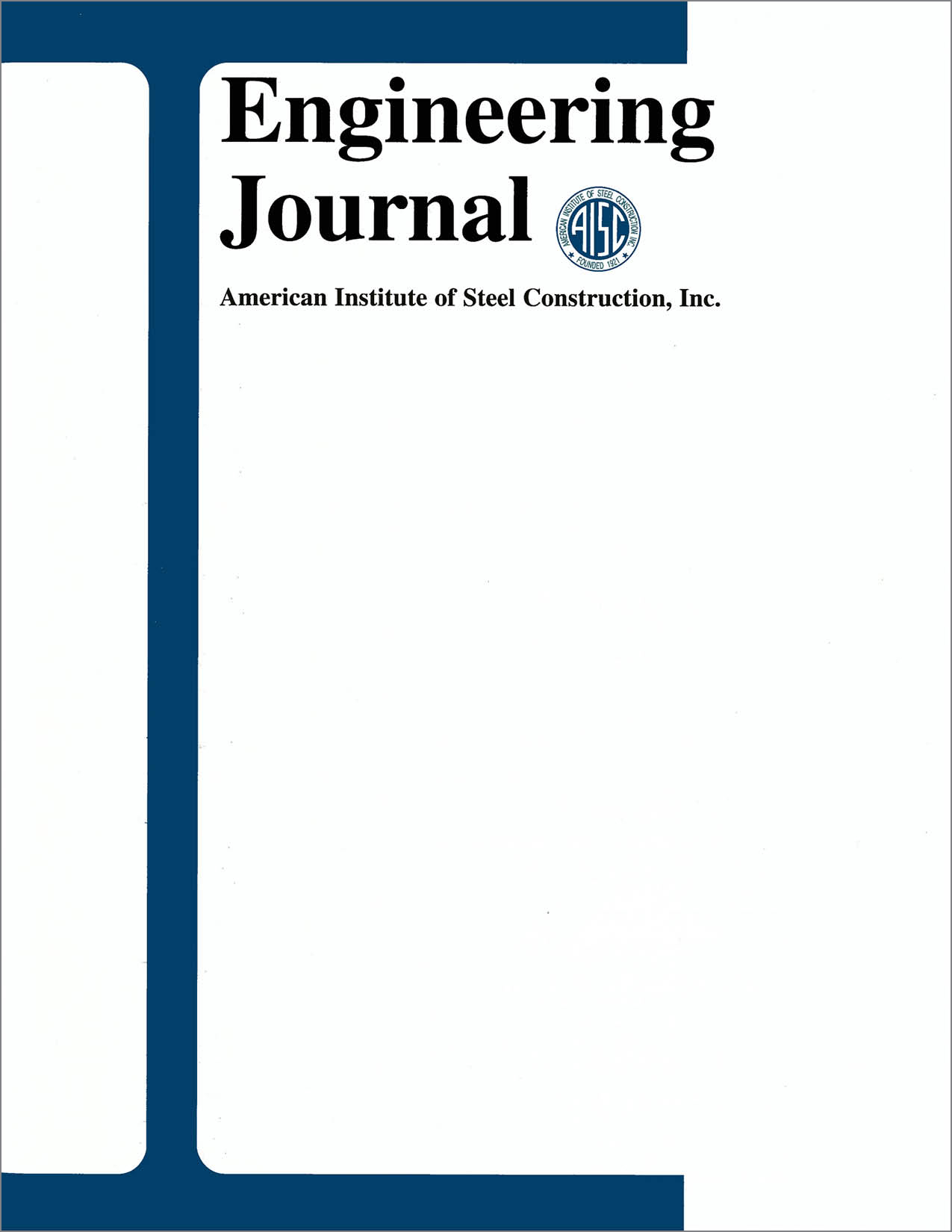Design Method for the Bolts in Bearing-Type Connections with Fillers
DOI:
https://doi.org/10.62913/engj.v39i4.788Abstract
Filler plates are usually used when splicing two members of different depths or thicknesses. The filler plates are usually added to the shallower or thinner member to eliminate the gap between the two connected members, reduce any eccentricity effects, and to create common faying surfaces as well as shear planes between the connected members. The Guide to Design Criteria for Bolted and Riveted Joints (Kulak, Fisher, and Struik, 1987) defines two types of fillers: tight (or developed) and loose (or undeveloped) fillers. Connections with developed or undeveloped fillers can be either slip-critical or bearing-type. The paper presented here will address only the effect of both developed and undeveloped fillers on the shear strength of bolts in bearing-type connections. A method for the design of bolts in bearing-type connections with fillers is presented in this paper. The method involves a general reduction factor to be applied to the design shear strength of the bolts. The factor is based on a mechanistic model, which takes into account the dimensions of all of the connection plates. The proposed method assumes that the required number of additional bolts is equal for connections with either developed or undeveloped fillers. Therefore, provided that all of the bolts are placed within the main connection, the proposed factor simplifies the design process since it can be used for connections regardless of the type of fillers used.

